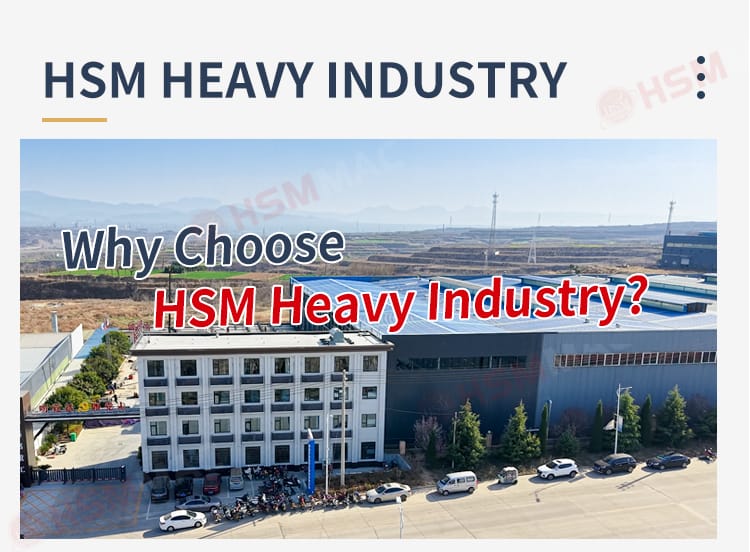
Sand and gravel are widely used in construction, transportation and water conservancy. But are they natural raw materials or man-made products? The answer depends on their sources and processing methods. Natural Sand and Gravel: Nature’s Gifts Natural sand and gravel are typical natural raw materials, formed by long-term natural forces like weathering, erosion, transportation and deposition of surface rocks. Sand comes mainly from rivers, lakes and seas (sea sand needs desalination for construction due to high salt content). Gravel, often found in mountains and river valleys, forms via geological movements or glacial impact, requiring only simple screening before use. Long a top choice for construction due to wide sources and low costs, over-exploitation of natural sand and gravel has caused ecological issues like riverbed collapse and soil erosion. Many countries have restricted its mining, boosting the development of man-made alternatives. Man-Made Sand and Gravel: Human Ingenuity Man-made (or machine-made) sand and gravel are typical man-made products, processed by crushing, screening and shaping natural rocks via professional machinery. With standardized production processes, they boast controllable particle size, stable quality and customizable gradation, effectively compensating for the shortage of natural sand and gravel. They can also use industrial solid wastes like construction…
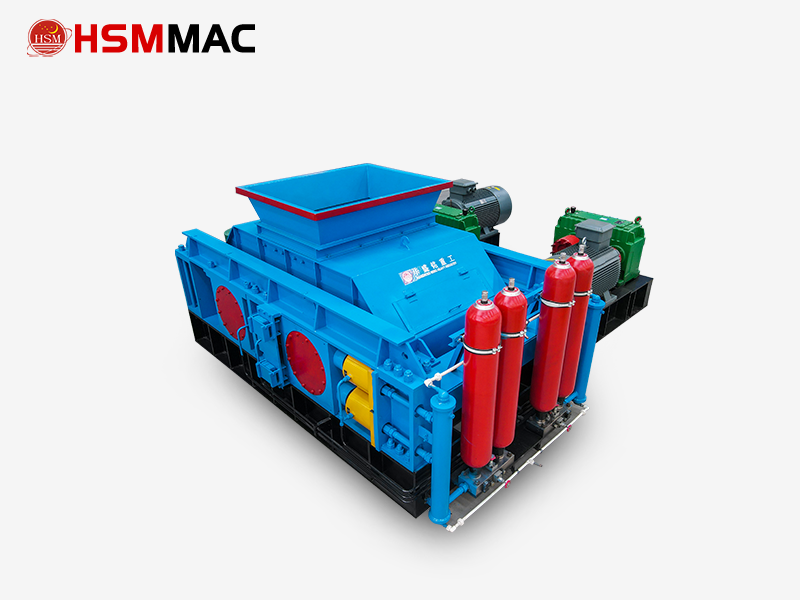
When it comes to crushing pebbles efficiently, the hydraulic double roll crusher stands out as a reliable choice. But what exactly is it, and why is it favored for pebble processing? Core Function As a specialized pebble crusher, it’s designed to break down hard, smooth pebbles into smaller, usable aggregates. Unlike some crushers that rely on impact or pressure alone, its “double roll” design paired with hydraulic control makes it gentle yet powerful for pebble material. How It Works Two rotating rolls (the core component) are driven by a motor. When pebbles enter the crushing chamber, the hydraulic system adjusts the gap between the rolls to control the output size. The rolls squeeze and grind the pebbles until they meet the desired particle size, then discharge them smoothly. Key Advantages for Pebbles Low Wear: The rolls’ surface (often made of wear-resistant alloy) handles pebbles’ smooth, hard texture without frequent replacement. Controllable Output: Hydraulic adjustment lets you easily tweak the final aggregate size, fitting needs from construction sand to small gravel. Energy Efficiency: It uses less power compared to impact crushers, saving costs for long-term pebble processing. Common Uses You’ll find it in projects like road construction (producing base aggregates),…
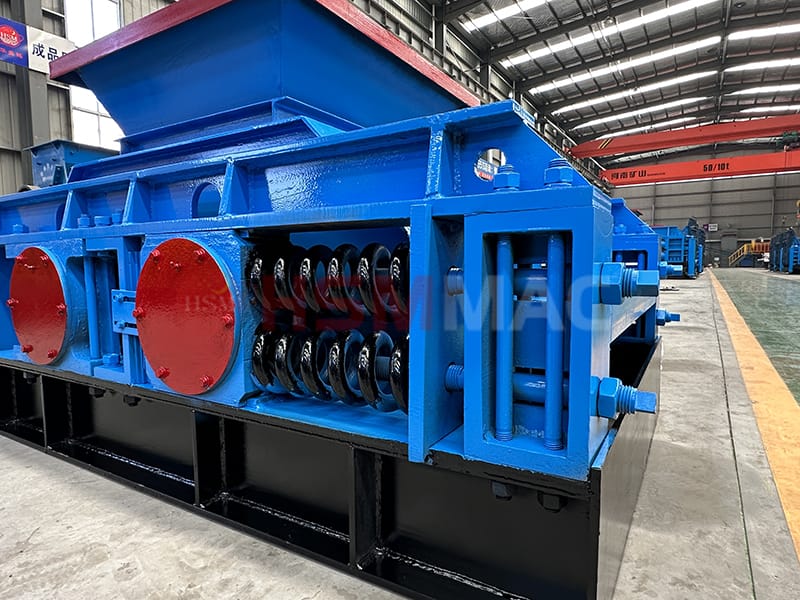
As a standout basalt sand making machine, the Roller Crusher excels in processing high-hardness basalt (Mohs hardness 6-7). It directly addresses traditional sand-making pain points like low efficiency, poor particle shape and high costs, making it the top choice for basalt sand production lines. Below are its core advantages: 1. Strong Wear Resistance: Built for Basalt’s Hardness This basalt sand making machine adopts HRC60+ high-chromium alloy or wear-resistant welded roller surfaces, tailored for basalt’s wear resistance. The roller replacement cycle reaches 1 year (30% longer than ordinary equipment). Its “double-roller extrusion + shear” principle avoids violent material impact, reducing vulnerable part wear and solving frequent replacement issues of traditional machines. 2. High-Quality Sand: Meets High-End Demands Extrusion crushing avoids over-crushing, producing sand with ≥90% cube particles and ≤5% powder content—fully meeting high-end requirements for concrete aggregates and road bases. With 0-50mm stepless adjustable discharge size, it flexibly produces coarse, medium and fine sand, a key edge of this basalt sand making machine. 3. Energy-Saving & Cost-Effective: Lighten Operational Burden Compared with other basalt sand making machines, it has ultra-low unit energy consumption (5-8kWh/ton), saving 25% more energy than Jaw Crushers and 18% than Impact Crushers. Its compact structure takes only…
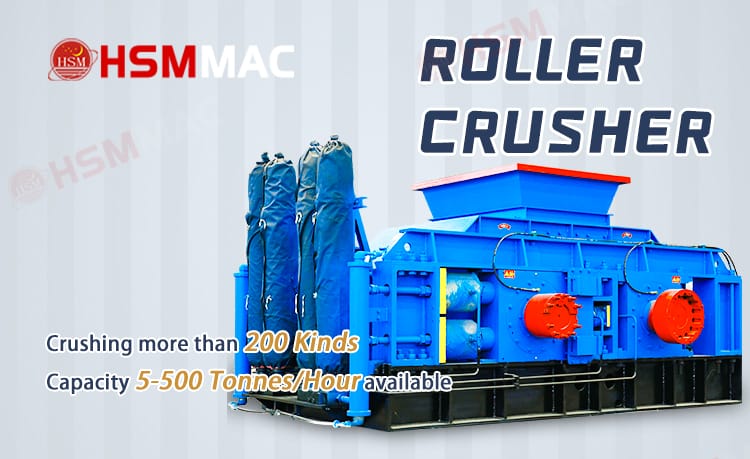
Aggregate sand making machine is core equipment for high-quality artificial sand, and it’s indispensable in construction and infrastructure. With natural sand shortage and stricter environmental policies, here’s why it’s favored. Core Reasons for Using It Solve Natural Sand Shortage Over-mining depletes natural sand (many regions ban/restrict its exploitation). The machine turns limestone, granite, river pebbles into high-quality artificial sand, filling the supply gap. Stable Product Quality Unlike uneven, impure natural sand, it controls finished sand’s particle shape, gradation, and fineness modulus via parameter adjustment. The artificial sand is uniform (mostly cubic), adheres well to cement, and boosts concrete/mortar strength. Cost-Effective & Eco-Friendly Cost: Raw materials (waste rock, construction waste) are cheap and easy to get, cutting sand procurement costs vs. long-distance natural sand transport. Eco: It recycles waste (e.g., crushes construction waste into sand), reduces solid pollution, and meets environmental policies. Strong Scenario Adaptability It’s customizable for different raw materials (hardness, moisture) and production needs (capacity, particle size), fitting small construction sites or large production lines. Key Application Scenarios Construction: Concrete aggregate for high-rises, bridges, roads. Infrastructure: Qualified sand for railways, highways, water conservancy projects. Building Materials: Matches cement/brick factories for auxiliary materials. Simple Selection Tips Raw Material Hardness: Choose…
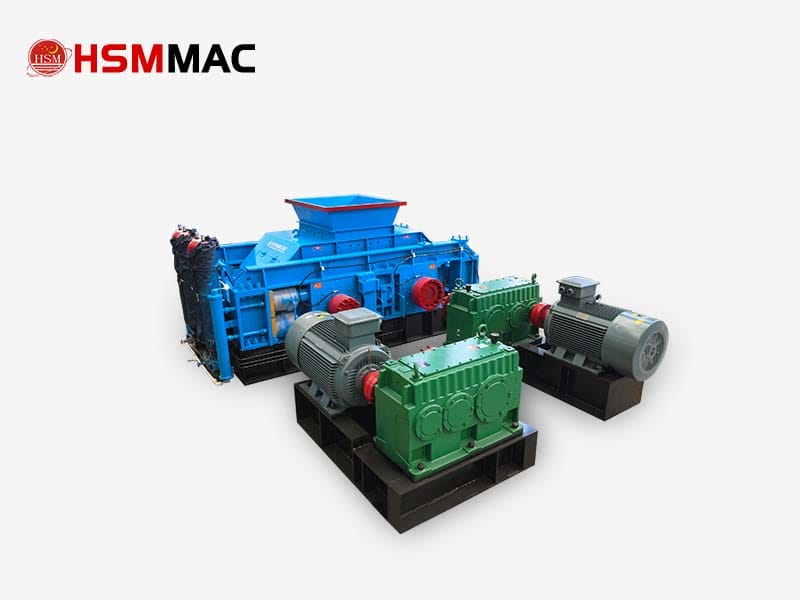
As a professional aggregate and marble sand making machine, the roller crusher is the top pick for crushing and sand making. Its tailored design and core tech fix key industry pain points—here’s why customers choose it fast: 1. Crushes Hard Materials (Marble/Aggregate) Durably? Yes! 2. Makes High-Quality Sand That Sells for More? Only It Does! Customers care most about sand value. This aggregate and marble sand making machine makes marble sand with 95% whiteness and ≤3% powder. Aggregate sand has cubic grains and even gradation—no re-screening needed for concrete or decor. Adjust output (0-5mm) with a twist to fit any job. 3. Cuts Energy Costs—Great for Small Plants? Save Big! Traditional crushers use 8-10kWh per ton; this aggregate and marble sand making machine uses just 5kWh. Process 100,000 tons/year? Save $30k+ on electricity. It’s 60% less powerful than old models, fits 3-5㎡, and one person can run it. Labor, space, and energy costs drop 30%—perfect for tight budgets. 4. Works in Cities Without Breaking Rules? It’s Eco-Friendly! Inspectors crack down on pollution. This aggregate and marble sand making machine has a closed chamber + dust filter: dust stays under 10mg/m³, noise under 75dB (way below standards). No loud impacts or dust—use it near cities…
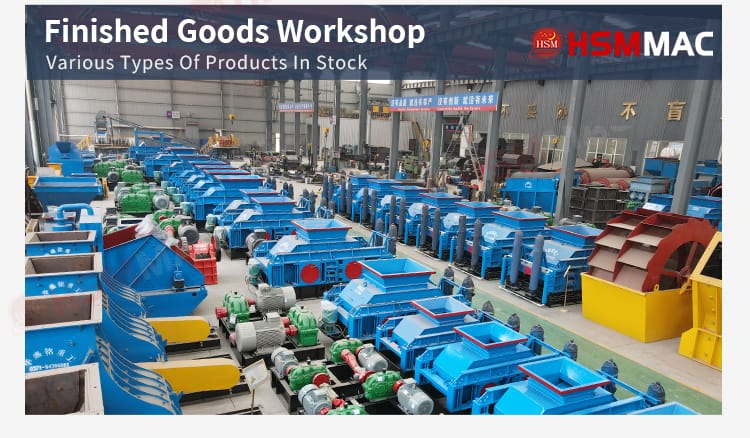
Lead zinc crusher(also known as double-roll crushers) Huashengming Double Roll Crusher has become the ideal choice for lead-zinc ore crushing due to its precise particle size control, wear-resistant and corrosion-resistant design, energy-efficient performance, and intelligent control. Whether improving ore recovery rates, reducing operational costs, or tackling complex working conditions, Huashengming Double Roll Crusher delivers substantial economic and social benefits for lead-zinc mining enterprises. 1.Working Principle The Huashengming double-roll crusher crushes materials by applying continuous compressive force through two counter-rotating rolls. This relatively “gentle” crushing method offers key advantages for lead-zinc ore processing. 2. Advantages Precise particle size control effectively reduces over-crushing Lead-zinc ores are predominantly sulfide minerals. Excessive impact crushing generates significant powder, leading to metal loss during beneficiation. The slow compression of double-roll crushers effectively minimizes the production of excessively fine powder, ensuring uniform particle size distribution in the final product. This is crucial for enhancing mineral recovery rates. Specialized Wear-Resistant and Corrosion-Resistant Design Addressing the corrosive nature of sulfur-containing lead-zinc ores, Huashengming’s double-roll crushers feature roll surfaces made of high-chromium alloy (hardness up to HRC 60-62) with anti-corrosion coating. This design extends roll surface lifespan to 6-8 months under harsh operating conditions. Energy-Efficient Operation Reduces Overall Costs The…
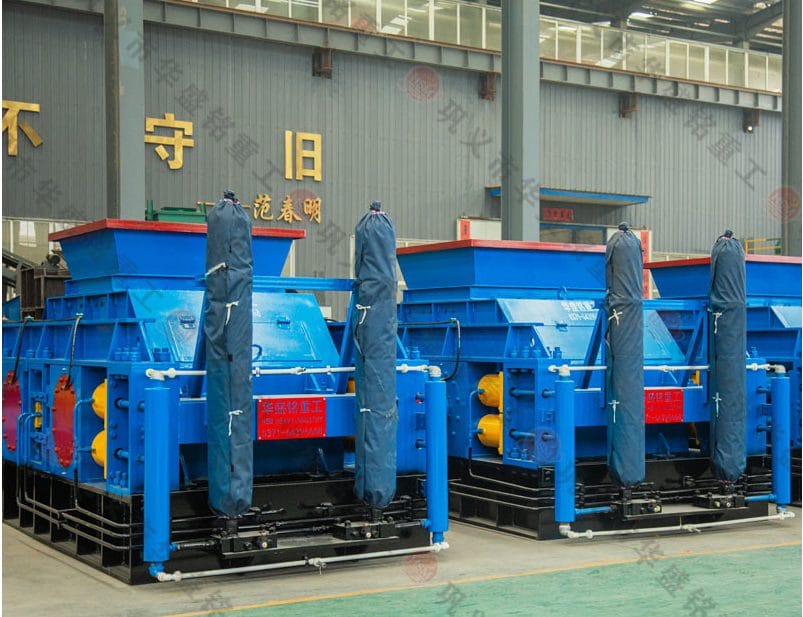
The Lithium crusher (also known as a double-roll crusher) can certainly serve as crushing equipment for lithium ore, particularly excelling in the medium and fine crushing stages where strict requirements exist for product purity and particle size control. 1. Working Principle The double-roll crusher achieves material fragmentation by applying continuous compressive force through two counter-rotating rolls. This operational mechanism delivers several key advantages in lithium ore processing, particularly its inherent resistance to metallic contamination. 2. Advantages Eliminates metal contamination, ensuring high purity of battery materials This represents the most critical advantage of double-roll crushers when processing lithium ore. Lithium battery cathode materials impose extremely stringent requirements on metal impurities such as iron (Fe) and chromium (Cr). By utilizing non-metallic materials like zirconia rollers, the crushing process guarantees no metallic impurities are introduced, thereby safeguarding the purity of the final lithium concentrate. Precise particle size control with low over-grinding rate The slow compression crushing method effectively minimizes the production of excessively fine powder while delivering more uniform output particle sizes. This is crucial for subsequent mineral processing steps like flotation. Energy Efficiency and Environmental Protection Integrating double-roll crushers into grinding systems typically boosts output by 30%-40% while reducing overall energy consumption…
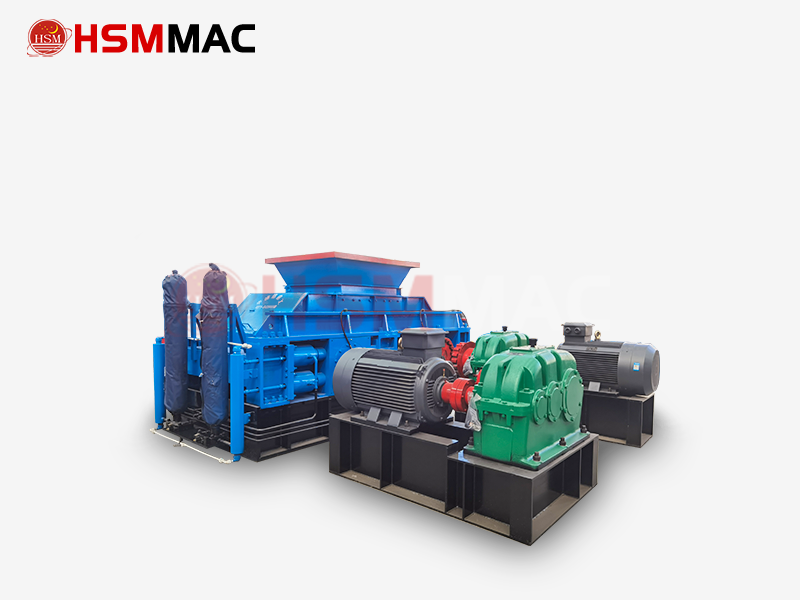
Manganese and iron ore crusher(also known as double-roll crushers) are indeed a viable and common choice for processing manganese iron ore, performing particularly well in the medium and fine crushing stages. 1.Working Principle The working principle of the double-roll crusher is highly intuitive: two rolls rotate toward each other driven by an electric motor. Material enters the V-shaped crushing chamber formed between the rolls from the top, where it is continuously crushed by compressive and shearing forces. By adjusting the gap between the rolls (via a wedge device or shim adjustment), the maximum particle size of the product can be precisely controlled to meet diverse production requirements. 2.Advantages Superior particle size control with low over-grinding rate: Slow compression and shearing forces enable more uniform material fragmentation while significantly reducing the production of excessively fine powder. This is crucial for subsequent mineral processing or grinding stages requiring consistent final particle size. Energy-efficient and high-performance: Equipping grinding systems with double-roll crushers for pre-crushing allows grinding equipment to operate at full capacity. Data indicates this typically boosts overall system output by 30%-40% while reducing total energy consumption by 20%-30%. Simple Structure and Easy Maintenance: Its relatively uncomplicated mechanical design translates to lower failure…
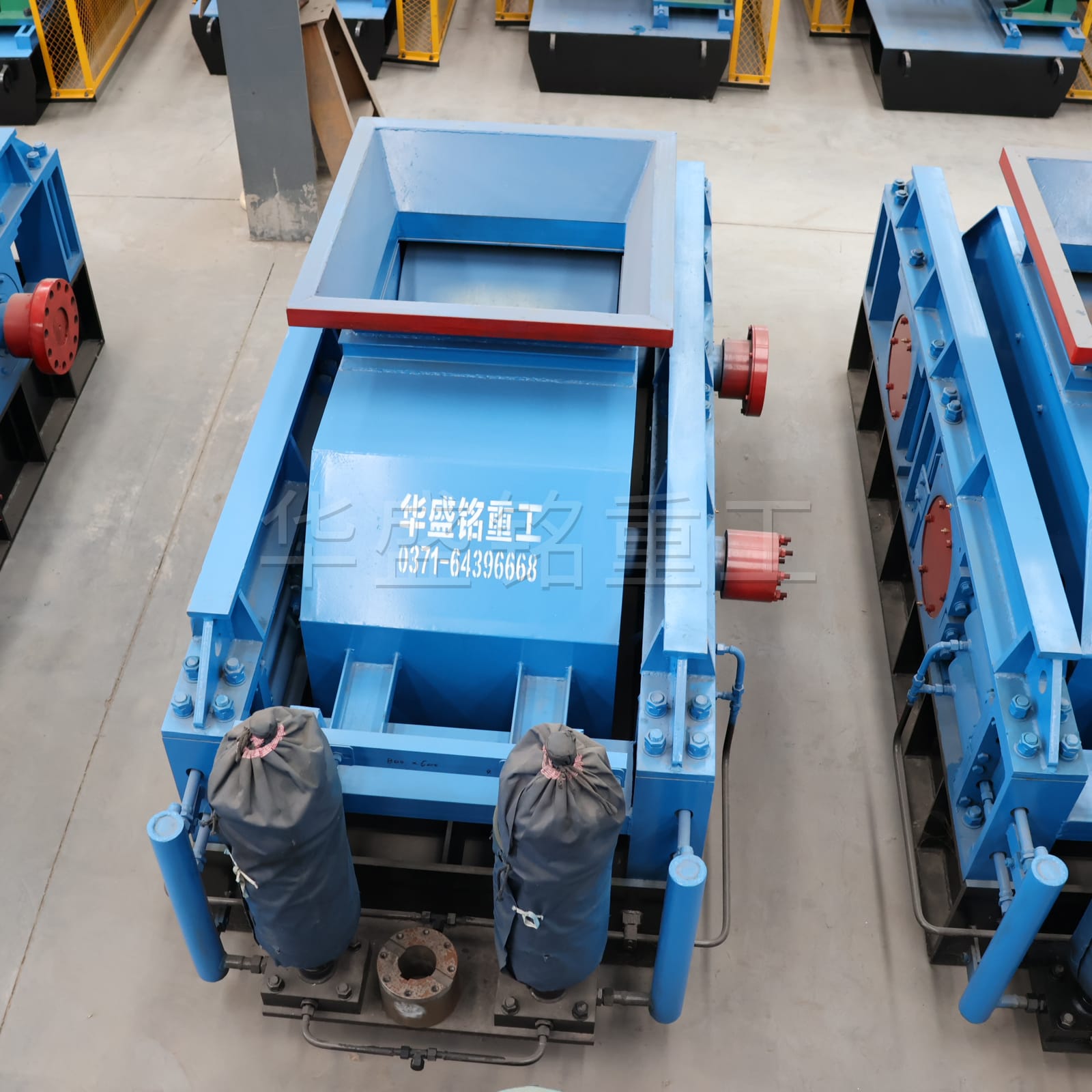
The mine stones crusher (also known as a double-roll crusher) is a piece of equipment that excels in specific applications. If your crushing material is medium-to-low hardness brittle substances like limestone, pebbles, or coal, and you have high demands for uniformity of finished particle size, powder content, as well as energy consumption and operational costs, then the double-roll crusher is undoubtedly an efficient, economical, and environmentally friendly choice. 1.Working Principle The working principle of the double-roll crusher is highly intuitive: two rolls rotate toward each other driven by an electric motor. Material enters the crushing chamber (V-shaped crushing chamber) formed between the two rollers from the top. It is subjected to continuous compressive and shear forces, crushed to the desired particle size, and finally discharged through the gap at the bottom. The size of this gap (i.e., the roll gap) directly determines the maximum particle size of the product and can be flexibly adjusted using a wedge device or shims. 2.Advantages Excellent particle shape Controllable particle size Significant energy savings Low noise and dust emissions Lower investment costs
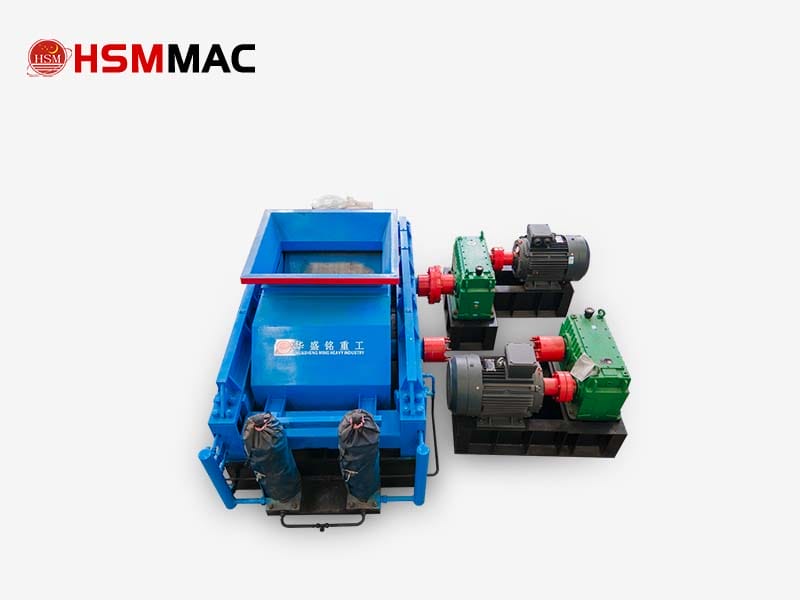
The double-roll crusher (also known as the twin-roll crusher) is fully capable of serving as a Minerals Industry Stones Crusher. 1. Working Principle The double-roll crusher achieves material fragmentation by applying compressive and shear forces through two counter-rotating rolls, featuring the following core capabilities: Feed Size: Typically 15%–40% of roller diameter; common equipment handles ore ≤80mm Discharge Size: Adjustable 2–30mm with high precision and minimal over-crushing Processing Capacity: 5–500 tons/hour (depending on model) 2. Core Advantages Precise Particle Size Control Roll gap adjustable via shims (0.3–40mm), low over-grinding rate (minimal dust), high product uniformity (e.g., manufactured sand yield >90%). Energy Efficiency & Low Pollution When integrated into grinding systems, it boosts production by 30%-40% while reducing overall energy consumption by 20%-30%. The compression process generates minimal heat. Ceramic roll surfaces prevent metal contamination and preserve mineral properties (e.g., coal coking characteristics). Simple Structure and Easy Maintenance Modular design reduces roll skin replacement time by 50%. Hydraulic models support one-button gap adjustment. 3. Typical Mining Applications Coal Industry Direct crushing of raw coal containing gangue without pre-removal, simplifying coal preparation processes. Output particle size uniformly controllable between 2–30mm. Non-metallic Mineral Fine Crushing Limestone/Dolomite: Pre-crushes cement clinker to 3–30mm, boosting mill…

The ore stone crusher, also known as a double-roll crusher, is a mining machinery device specifically designed for ore crushing. It offers advantages such as high efficiency, energy savings, and controllable particle size, performing exceptionally well in medium and fine crushing operations. 1. Working Principle and Crushing Mechanism Compression Crushing Principle The double-roll crusher generates high-pressure compression forces ranging from 50 to 200 MPa through two counter-rotating rollers (smooth or toothed surfaces). This force draws ore into the gap between the rollers for compression crushing. Under roller friction, material is drawn into the crushing chamber, progressively crushed under pressure, and finally discharged through the gap. Particle size is precisely controlled by the adjustable gap (0.5-40mm). Particle Size Adjustment and Overload Protection Adjustment Method: Adjust the roll gap (±1mm precision) by adding or removing shims to flexibly control the discharge particle size. Safety Mechanism: A spring or hydraulic system automatically retracts upon encountering hard objects (e.g., iron blocks), widening the roll gap to discharge foreign matter and protect the core components of the equipment 2.Ore Stone Crusher Core Advantages Precise and Controllable Particle Size Energy Efficiency and Low Maintenance Costs Environmental Protection and Safety The selection of crushing equipment is not…
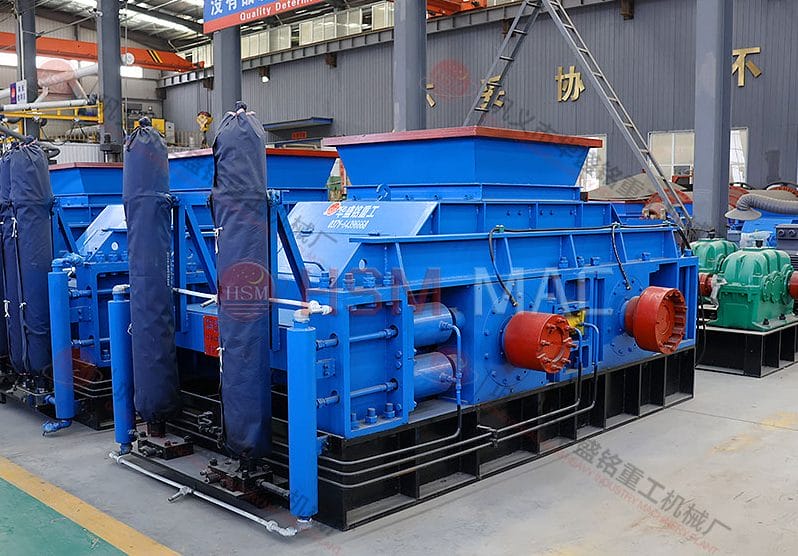
The double-roll crusher not only serves as an effective sand mining gold crusher for placer mining but also stands as the preferred solution for processing medium-to-low hardness, cemented placer gold deposits. Utilizing its unique compression crushing principle, it effectively liberates gold particles while acting as a “guardian of gold grains.” With higher recovery rates and lower overall operating costs, it emerges as a reliable partner for investors seeking to realize their. 1. What is a double-roll crusher? A double-roll crusher, also known as a twin-roll crusher, is a classic piece of equipment that crushes materials through compression and shearing forces. It consists of a frame, a pair of counter-rotating rollers, a power system (motor and reducer), spring or hydraulic pressure devices, and an adjustment mechanism. Its core feature is the ability to precisely control output particle size by adjusting the roller gap, effectively preventing over-crushing—a critical factor for preserving gold particle integrity. 2. Processed Material: What Does It Crush in Gold Mining? In placer gold mining operations, the double-roll crusher primarily processes placer gold ore. This type of ore typically consists of the following components: Main Ore Matrix: Includes pebbles, river sand, gravel, etc., found in riverbeds and ancient river…
 +86-18703839693
+86-18703839693

